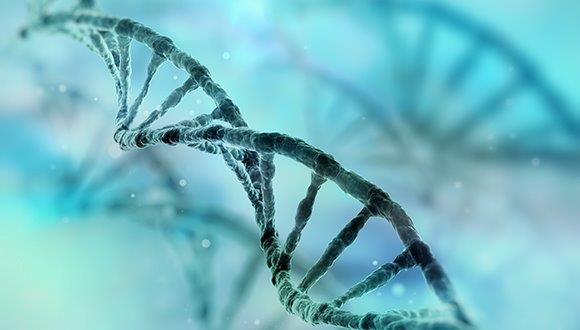סמינר המחלקה להנדסה ביו-רפואית
FROM LAB-ON-A-CHIP TO LAB-ON-A-PARTICLE ELECTRICALLY-POWERED PLATFORMS FOR SINGLE CELL ANALYSIS, TARGETED DELIVERY AND BIOSENSING
Prof. Gilad Yossifon
gilad.yossifon@gmail.com, https://mnfl.technion.ac.il/
Current affiliation: Faculty of Mechanical Engineering, Micro- and Nanofluidics Laboratory, Technion – I.I.T
Future affiliation --- Starting October 2021 --- School of Mechanical Engineering, µ/Nano- Fluidics and Robots Laboratory, University of Tel-Aviv
Towards lab-on-a-particle platforms we suggest using mobile active (self-propelling) particles (also known as “micro-motors” and “micro-robots”) to revolutionize diagnostic testing and sample analysis; with advantages of the traditional lab-on-a-chip (e.g. portability, efficiency) but overcoming current challenges (e.g. complexity, predetermined design, fluid control). Our novel generic active particles, acting as a mobile floating microelectrode, uses a single externally applied electric field to selectively trap, transport and deliver user-specified payload(s) and hence act as an active cargo carriers. Our unified solution is simpler and more robust than current systems where carrier propulsion and cargo manipulation are controlled by separate mechanisms. Moreover, current cargo loading requires specific and predefined targets and release of the cargo (if possible) is complicated. Our recent work [1] demonstrated that using dielectrophoresis (DEP), a frequency-dependent mechanism can selectively load and release the transported cargo. This offers a label-free method to generically, selectively and dynamically manipulate (load and release) a broad range of organic/inorganic matter [2]. Adding directed motion via magnetic stirring enables to develop these active particles into in-vitro assays with single cell precision. Such micromotors were recently used for biosensing [3] as well as purification of targeted organelles of interest from a mixed biological sample [4]. Besides the local electric field gradient intensification essential for DEP, an important novelty of our mobile microelectrodes is also the strong local electric field intensification induced by the active particle. This property was recently exploited by us [5] to demonstrate a novel method of local and targeted (i.e. only those cells that are in contact with the active particle) electroporation of bacteria, mammalian cells as well as electro-deformation of a selectively trapped nucleus [4] acting as a promising label-free biomechanical marker.
[1] A. Boymelgreen, T. Balli, T. Miloh and G. Yossifon, Nature Communications 9:760 (2018).
[2] X. Huo, Y. Wu, A. Boymelgreen and G. Yossifon, Langmuir 36, 6963−6970 (2020).
[3] S. Park and G. Yossifon, ACS Sensors 5, 4, 936–942 (2020).
[4] Y. Wu, A. Fu and G. Yossifon, Small 1906682, 1-12 (2020).
[5] Y. Wu, A. Fu, and G. Yossifon, Science Advances 6, 1-11 (2020).


